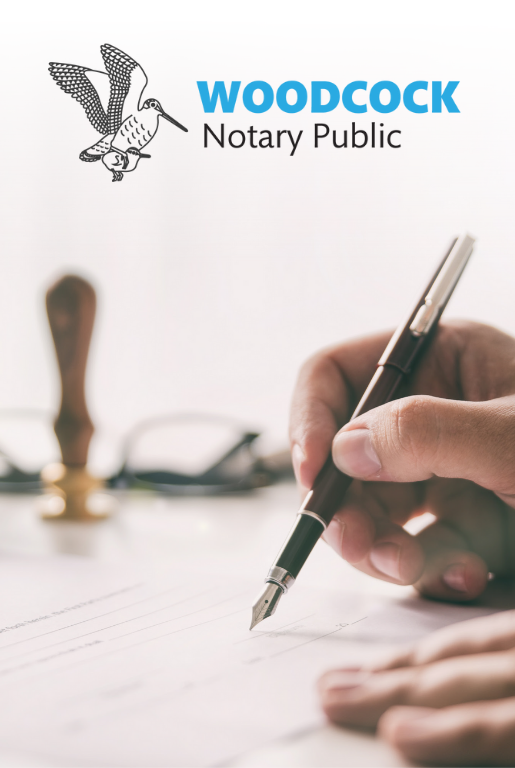| All | Blog | Videos | Webinars |

Indefinite Leave to Remain (ILR) is the main way for people who are from other countries to settle in the UK. It can take years to qualify for it, with the length of time varying based on the visas you have held during your time in the UK.
However, if you leave the UK, your Indefinite Leave to Remain can lapse, resulting in you losing your right to ILR. If you want to return to the UK, you will need to apply for a Returning Resident Visa. This is the only way you can get back into the UK if you previously held ILR.
Read on to find out the different situations that cause your leave to remain to lapse, circumstances that will mean you do not lose your leave to remain, and how you can apply.
How does ILR lapse?
If you have settled in the UK under Indefinite Leave to Remain, and you leave the UK for more than two continuous years, then your Indefinite Leave to Remain lapses. In this situation, you will need to apply for a Returning Resident Visa.
Anyone who leaves for less than two years will keep their ILR, so they do not need to worry if they decide to return during that time period.
EU Settlement Scheme rules
The EU Settlement Scheme (EUSS) provides another route to settlement in the UK, but is not widely available to everyone, unlike ILR. Under the EUSS, there are two different sets of rules depending on if you are a Swiss citizen or not.
If you are settled in the UK as part of the scheme, then you will be able to stay outside of the UK for five continuous years without your leave to remain lapsing. More than four years, and you will need to get a Returning Resident Visa.
Additionally, Swiss citizens in the UK as part of the EUSS can leave the UK for four continuous years before their leave to remain lapses.
As with ILR, if your settlement lapses, you will need to get a Returning Resident Visa.
Situations where leave to remain does not lapse
Those who are in the British armed forces, work for specific parts of the UK Government, or work for the British Council, will not need to apply for a Returning Resident Visa. Your leave to remain will not lapse in these situations, as you are on official business on behalf of the UK.
This also applies to the dependents of anyone who has roles in the aforementioned organisations.
The specific parts of the Government are:
- Home Office employee
- Foreign, Commonwealth and Development Office (FCDO) employee
- Permanent Diplomatic Service member
- British Council employee based in the UK but works abroad
“
”
How to apply
To get a Returning Resident Visa, you will need to apply through the UK Government’s website. The application itself will cost you £637.
As part of your application, you will need to state why you left the UK and what your current situation is. Also, you will need to prove that you have strong ties to the UK, such as:
- You or your family have lived here most of your life
- Business ties
- Property ties such as home ownership
- Reasons for leaving and coming back to the UK with proof; for example, to study, or if you fell ill and were not able to return to the UK as a result
- Other relevant information that will support your application
Your biometric information, such as your fingerprints and a photograph, will need to be taken at a visa application centre. A full list of centres in different countries is also available on the Government’s website.
Alongside your biometric information, you will need to provide the following documents:
- Current passport or valid travel identification
- Previous passports
- Coloured passport photograph
- Documents proving ties to the UK; for example, rent or homeownership related documents
- Other documents may also be requested after you apply
What if I cannot get a Returning Resident Visa?
In the event that you cannot get a Returning Resident Visa because you do not meet the requirements, you may have to look at applying for another type of visa to re-enter the UK.
Depending on the path you took to get ILR, your required years to stay in the UK may be reset.
For example, to get ILR after five years, you must have been lawfully resident in the UK for five years on specific types of visas, such as a Skilled Worker Visa. If you re-enter the UK on a visit that does not count towards it, then you will not be able to get ILR through this route.
ILR after 10 years encompasses most visas, so if you gained ILR this way, then it might be easier to regain ILR by applying for an eligible visa, and then re-applying for 10 years’ ILR on the basis of long residence.
How we can help
Our expert immigration law team have helped countless clients with their needs, from visa applications to naturalisation as a British citizen. They can help you too.
If you want to discuss the Returning Resident Visa with a team member, you will first need to arrange a free 10-minute assessment which allows them to determine if we can help you or not. After this, you can book a longer, paid consultation that lasts either 30 minutes, or an hour. You will only receive legal guidance in the longer consultation.
The team member who you initially talk to will be your point of contact within our firm, and they will manage your application for you.
However, if you are simply interested in asking one or two questions about an issue you are experiencing instead of having a long consultation, we have 15 minute consultation available.
Get in touch with us today if you want help with the Returning Resident Visa.
Ready for assistance?
If you have any questions, or want to book an appointment with one of our legal experts, contact Woodcock Law today. Call us on +44 (0)20 7712 1705 or email info@woodcocklaw.co.uk.





